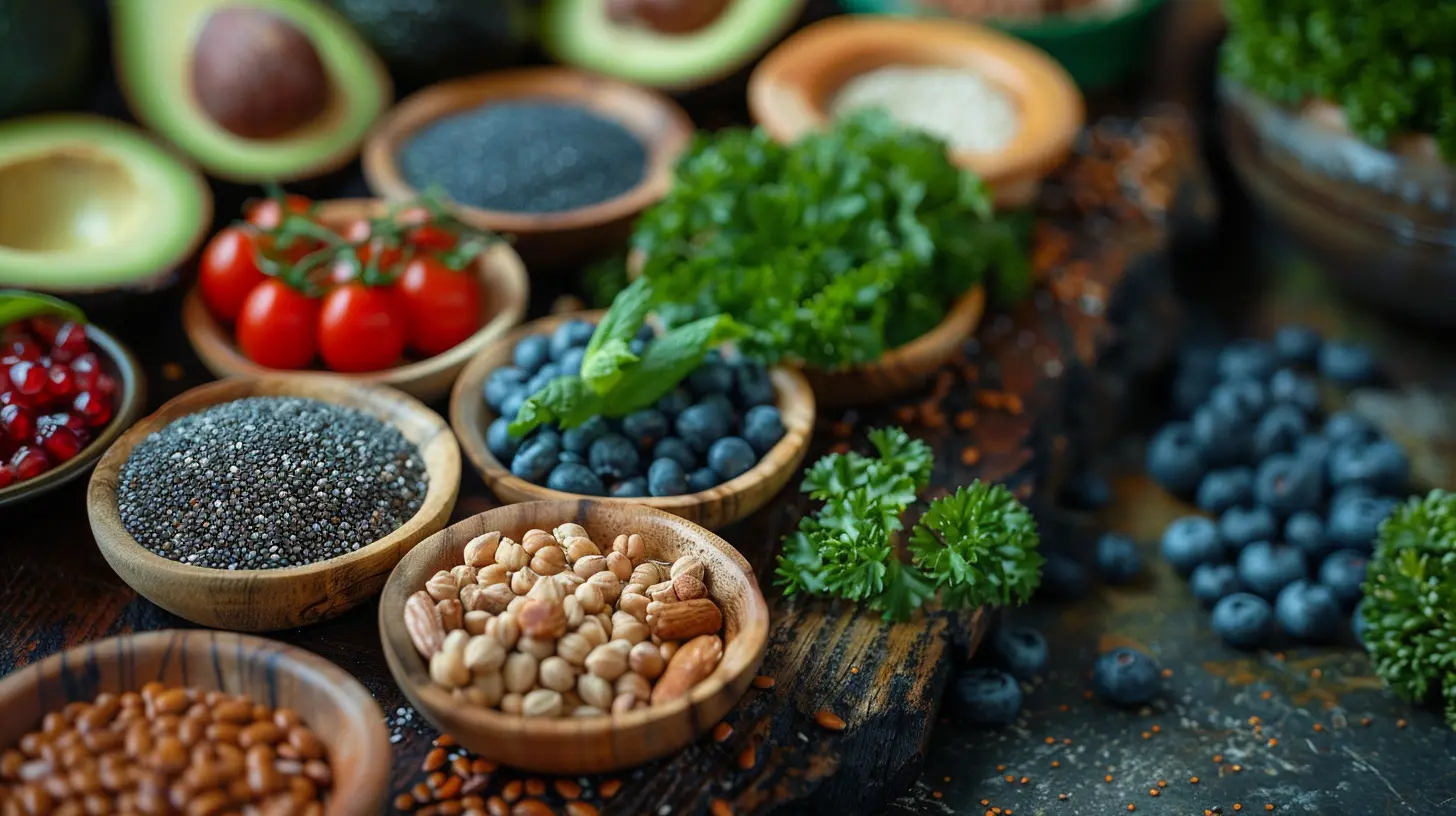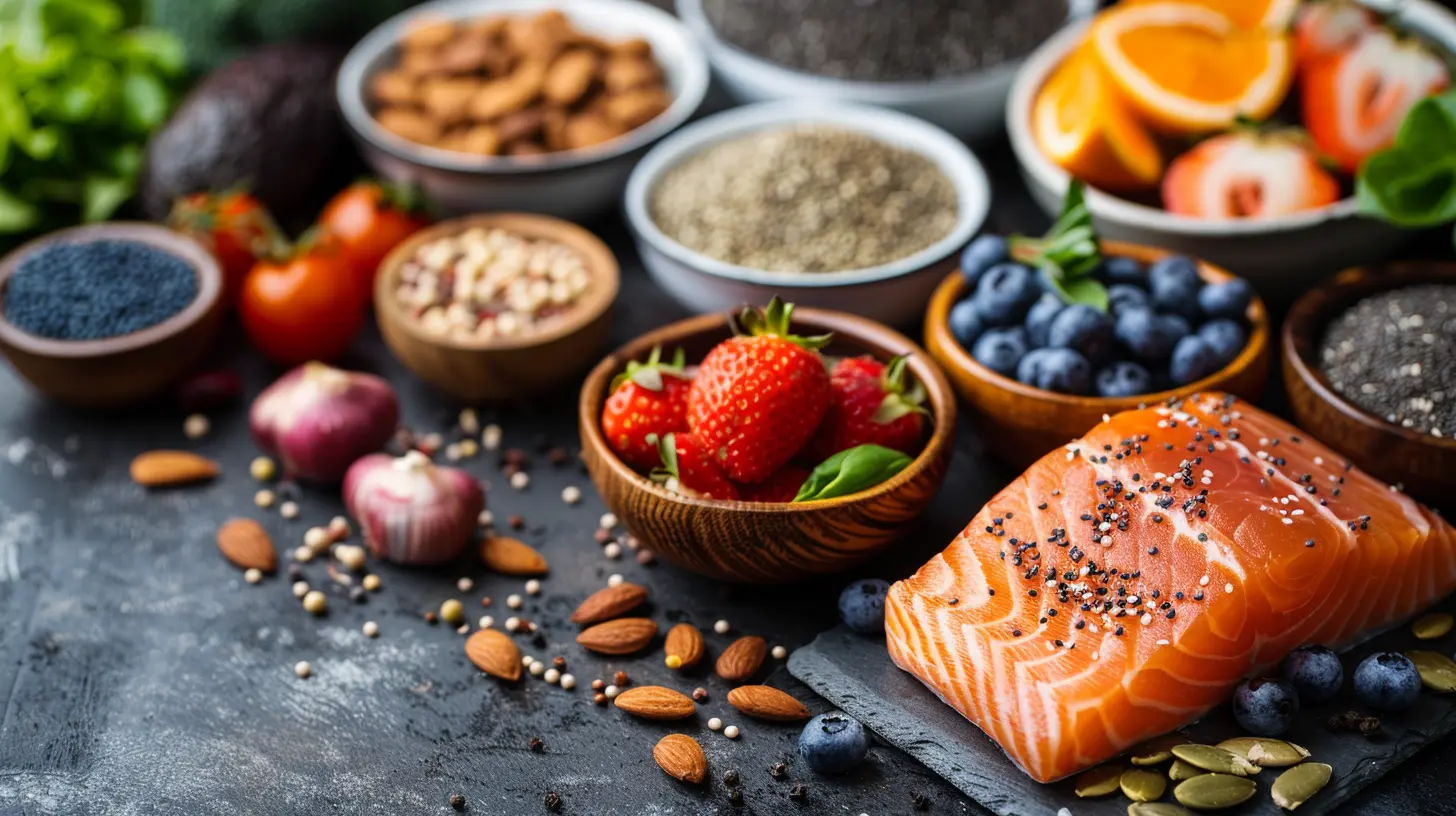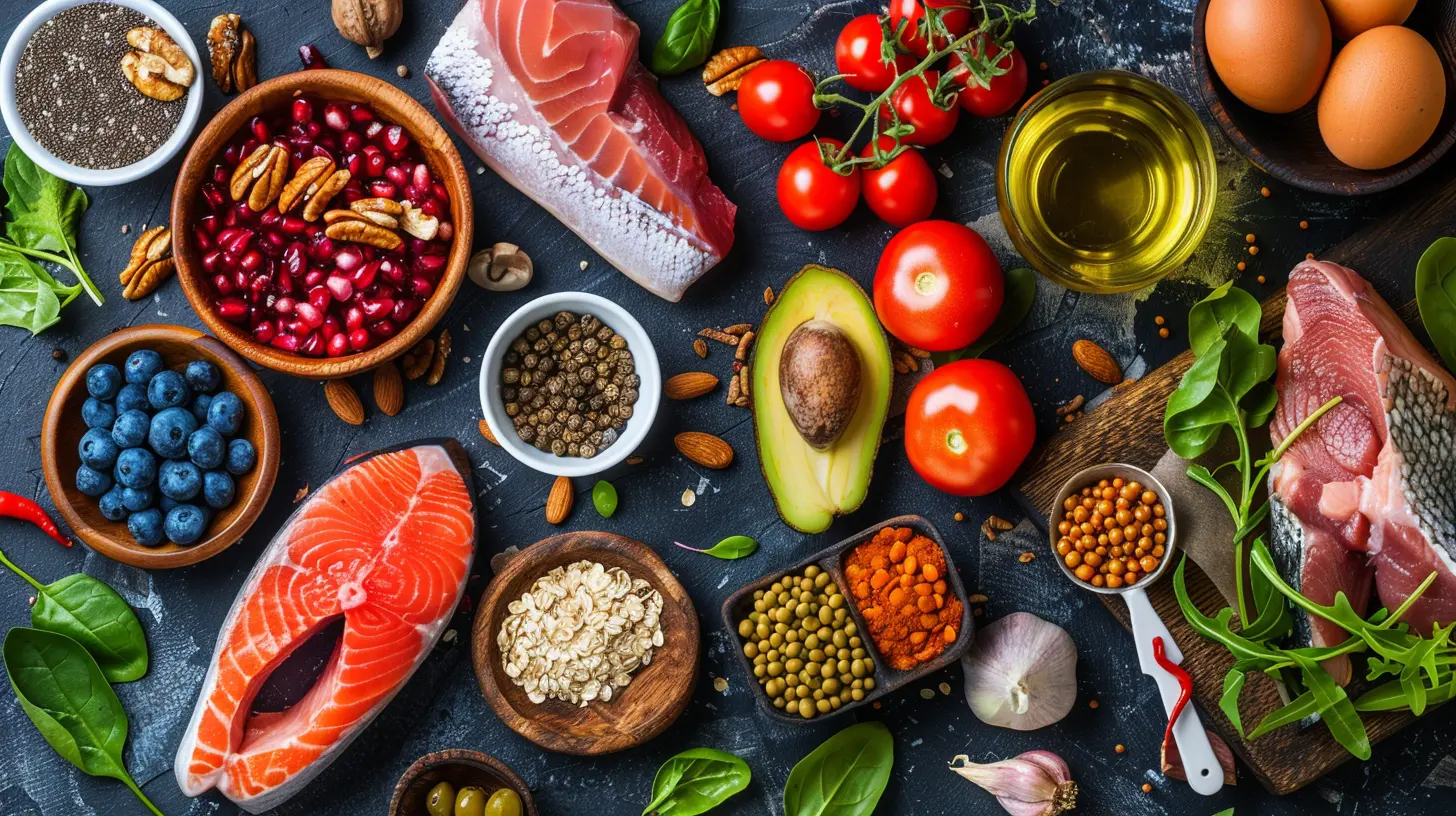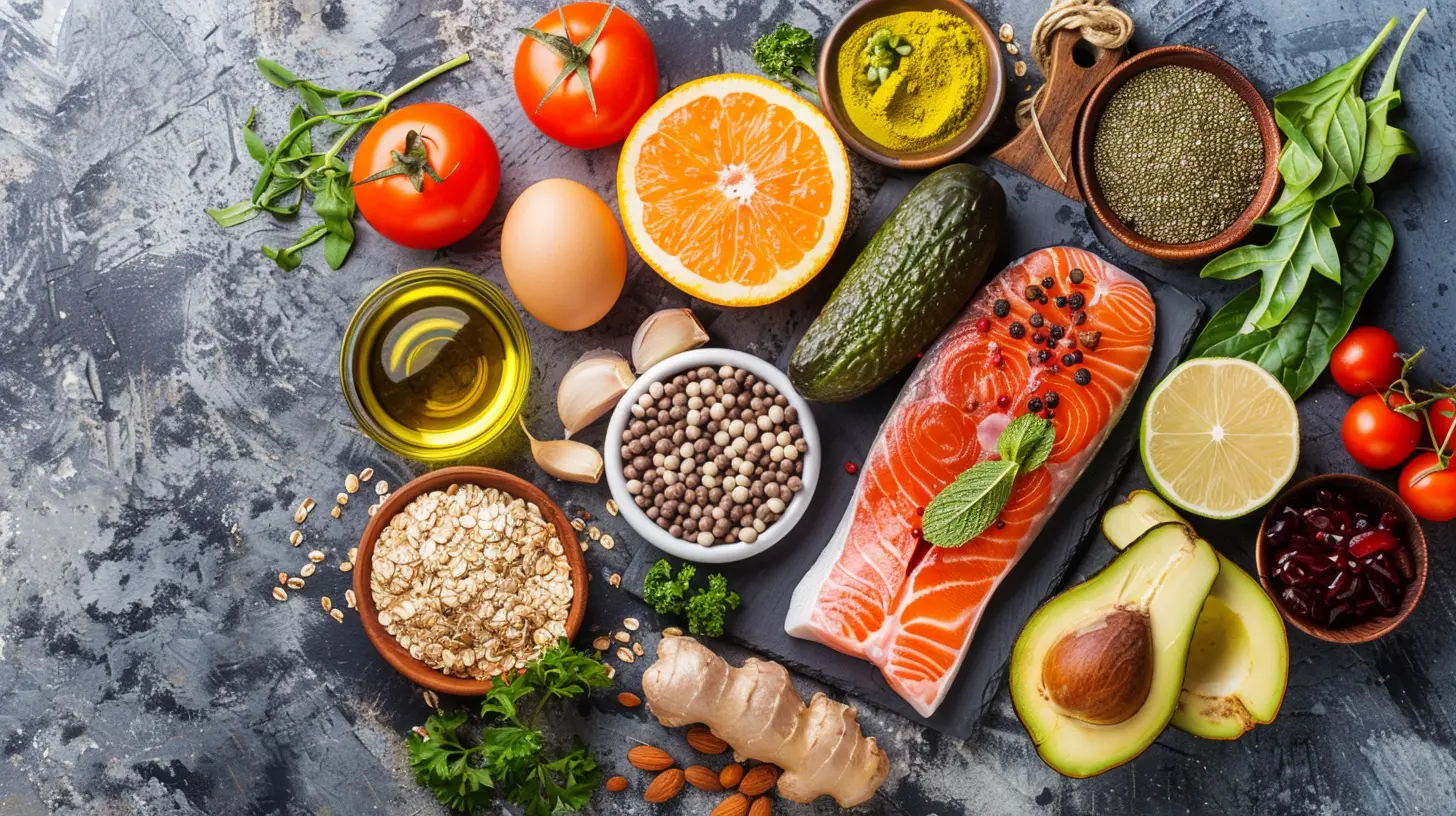Gut Health on Keto: Understanding the Role of Fiber in Low-Carb Diets
15 October 2025
So, you’ve jumped on the keto bandwagon. You’re cutting carbs, saying goodbye to bread, and loading up on healthy fats. Maybe you’re even seeing the scale tip in your favor already. But wait—what about your gut? Have you started noticing weird digestion, bloating, or ahem less-than-regular bathroom visits?
Yeah, that’s your gut waving a white flag. And chances are, fiber (or lack thereof) is the culprit.
Let’s dive into why gut health on keto is such a big deal and why fiber deserves more love—even when you’re going low-carb.
Why Gut Health Matters (Especially on Keto)
Your gut isn’t just a food-processing factory. It’s more like a control center. The trillions of microbes living in your digestive tract—collectively known as your gut microbiome—play a role in everything from immune function and hormone balance to mental health and weight regulation.And guess what? These tiny guys are picky eaters. What you feed them determines how well they work.
When you start keto, your menu changes big time. Fewer grains, fruits, and legumes usually mean less fiber. That alone can throw your gut out of whack, leaving you feeling… off.
The Microbiome: Your Personal Army
Think of your gut bacteria like a garden. The good bacteria are the flowers, and the bad ones? Well, they’re the weeds. Fiber is the fertilizer that helps the good guys thrive. Without it, the weeds can take over, leaving your garden (and gut) looking a little wild.
The Keto Diet: High Fat, Low Carb… Low Fiber?
If you’re doing keto by the book, you’re likely eating no more than 20 to 50 grams of net carbs per day. That doesn’t leave much room for traditional fiber sources, like whole grains, beans, or starchy veggies.Most of us already don’t eat enough fiber. Now, slash your carbs, and boom—you’re looking at a digestive desert.
The Fiber Problem on Keto
Wait, isn’t fiber a carb? Why would anyone on keto want more of that?Great question. Yes, fiber is technically a carbohydrate. But your body can’t break it down like sugar or starch. That means it doesn’t spike your blood sugar or kick you out of ketosis. In fact, when calculating net carbs (total carbs minus fiber), fiber gets a free pass.
So no, fiber isn’t your keto enemy—it’s your gut’s BFF.
Types of Fiber and Why They Matter
Let’s break it down real quick.Soluble Fiber
This type dissolves in water and forms a gel-like substance. It slows digestion and helps feed beneficial gut bacteria. Soluble fiber is also great for lowering cholesterol and balancing blood sugar levels.Found in: avocado, chia seeds, flaxseeds, psyllium husk, and some low-carb veggies like Brussels sprouts.
Insoluble Fiber
This one doesn’t dissolve in water. Instead, it adds bulk to your stool and keeps everything moving along smoothly (if you know what I mean).Found in: leafy greens, cauliflower, nuts, and seeds.
Resistant Starch
Okay, this one’s a wildcard. Resistant starch acts like fiber and feeds your gut bacteria, but it’s found in starchy foods like potatoes and beans—typically off-limits on keto. However, some keto devotees include tiny amounts of green bananas or cooked-then-cooled rice or oats to get the benefits without too many carbs. That’s more of an advanced move, though.
Fiber and Your Gut Bacteria
Here’s where it gets juicy.When your gut bacteria ferment fiber, they produce short-chain fatty acids (SCFAs). These little molecules, especially one called butyrate, are total rockstars. They help regulate inflammation, secure the gut lining, and even play a role in preventing diseases like colon cancer.
On a low-fiber keto diet, your gut bacteria get less fuel to make SCFAs. That can lead to:
- Increased gut permeability (aka “leaky gut”)
- Lower immune defense
- Mood swings (yep, your gut talks to your brain)
- Sluggish metabolism
Sound familiar?
Can You Get Enough Fiber on Keto?
Absolutely! But you have to be intentional about it. You’re not going to get fiber from cheese and bacon.High-Fiber, Low-Carb All-Stars
Here’s your new grocery list of keto-friendly fiber heroes:- Avocados – High in both types of fiber and healthy fats
- Chia Seeds – 10g of fiber per ounce! Toss in smoothies or yogurt
- Flaxseeds – Perfect for adding to baked goods or keto pancakes
- Psyllium Husk – A fiber powerhouse often used in low-carb baking
- Leafy Greens – Spinach, kale, arugula... pile ’em high
- Zucchini and Cauliflower – Great for “noodles” or rice substitutes
- Broccoli and Brussels Sprouts – Loaded with fiber and other nutrients
- Almonds and Walnuts – Just don’t go overboard; they’re calorie-dense
- Coconut – Shredded, flour, or even MCT-enhanced snacks
Pro Tip: Eat the Rainbow
Just because your carbs are limited doesn’t mean your plate has to be beige. Eat a colorful variety of vegetables and nuts to keep your gut flora happy and diverse.Common Gut Issues on Keto (And How Fiber Can Help)
Let’s talk real-life symptoms and how to deal.Constipation
The #1 complaint on keto? Constipation. Yup, when your fiber intake drops, your colon gets lazy.Solution: Add more insoluble fiber (think greens and roughage) and drink more water. Your colon needs both fiber and fluids to do its job.
Bloating or Gas
Sometimes, introducing more fiber too quickly shocks your system. It’s like waking someone up with a foghorn.Solution: Increase fiber gradually. Start slow, aim for about 25–30g/day, and let your gut adjust.
Weird-Smelling Breath or Digestive Funk
Keto breath is real. But bad gut health can make it worse.Solution: Focus on gut-friendly foods with prebiotics (like garlic and leeks) and consider adding fermented foods, like kimchi or sauerkraut, for more balance.
Prebiotics vs. Probiotics: What's the Difference?
Let’s break down the buzzwords.- Prebiotics are food for your gut bacteria. Think of fiber, especially from certain veggies, as their fuel.
- Probiotics are the bacteria themselves. You get them from fermented foods or supplements.
You need both for happy digestion.
On keto, eating probiotic-rich foods like kimchi, sauerkraut, and low-sugar yogurt helps replenish your gut. But don’t forget the fiber (prebiotics) to keep those good bacteria fed and thriving.
Tips to Boost Gut Health on Keto
Alright, let’s get practical. Here’s how to stay on top of your gut game while staying in ketosis.1. Track Your Fiber
Don’t guess. Use a food tracking app to see your daily fiber intake. Aim for at least 25g per day. It's doable if you make fiber-rich foods a priority.2. Stay Hydrated
Fiber without water is like a car with no gas. Drink enough fluids to help fiber move through your system.3. Eat Fermented Foods
Probiotics from fermented veggies, kefir, and pickles (check for no added sugar) can make a huge difference.4. Don’t Overdo the Cheese
Yes, cheese is keto gold—but ultra-low in fiber and can clog things up. Balance it out with veggies.5. Consider a Supplement
If all else fails, a fiber supplement like psyllium husk or acacia fiber can fill in the gap. Just go slow—nobody wants a fiber overload situation.Final Thoughts: Fiber Is the Unsung Hero of Keto
Here’s the deal: keto can be super effective for weight loss and mental clarity, but only if your digestion doesn’t sabotage you. Too many people overlook fiber when going low-carb, and their gut pays the price.By being smart about your fiber intake, you can have the best of both worlds—a fat-burning metabolism and a happy, balanced gut.
So next time you’re meal prepping your bacon and eggs, throw in an avocado, add a handful of spinach, and maybe sprinkle in some flaxseeds for good measure. Your gut (and your toilet schedule) will thank you.
all images in this post were generated using AI tools
Category:
Keto DietAuthor:

Eileen Wood
Discussion
rate this article
1 comments
Soren Sharp
Happy guts lead to happy lives—go keto!
October 24, 2025 at 4:28 AM

Eileen Wood
Thank you! Embracing keto can indeed support gut health, especially when focusing on fiber-rich, low-carb foods.


